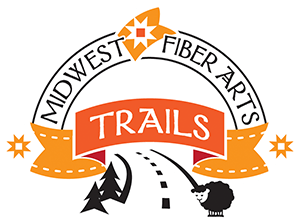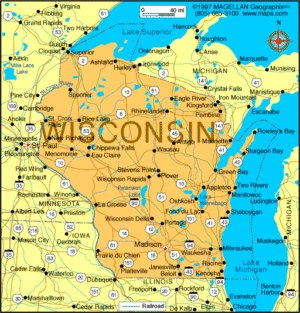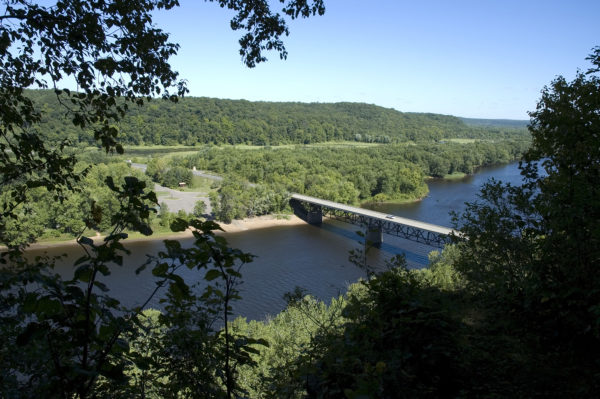
A high overlook on the Wisconsin side.
The subject of this newsletter was not intended to broadcast, “All Things Wisconsin!” but sometimes that’s how it works. It’s easy to proclaim the Cheesehead State’s virtues; after all I’ve been a Packer fan all of my life (pre first grade does not count). Having explored the top and the bottom of it (been on the back of a Honda 750 struggling through sandy backroads of northern Wisconsin–remote bar in the woods notwithstanding–I was in my 20’s). More currently enjoying old rambling B&Bs; I know there is still more to discover!
And I’d like to make a claim that we, here in flyover country, do have coastline. Sort of. Technically, it’s shoreline because we’re talking a lake and a river. Lake Michigan, known as a sportsman’s paradise and the St. Croix, a National Scenic Riverway. Two significant bodies of water each in their own way. They frame Wisconsin quite nicely.
Okay, let’s look at a map and we’ll begin on the left side of the map. Normally maps aren’t read left to right–everyone zooms in to find where they are or where they want to be, but we’ll start on the left. The St. Croix River or Wisconsin’s Left Coast, named for the purposes of this story, is part wild river, narrow valley with cliffs, rocky outcroppings and primordial valley. The Wisconsin side is a little higher than the Minnesota side. Since 1911, this area has been under the watchful eye of environmental citizens groups (hence its continuous pristine beauty) and only recently has construction started to replace the old Stillwater (MN) lift bridge with a newer bridge that lets traffic flow more easily from state to state. Pros and cons of that legislation are to be set aside, but as you may guess the Left Coast has a fluid border with neighborly Minnesota. Hudsonians regularly accommodate Minnesotans who forgot to buy beer prior to Sunday football parties. Not to digress.
Wisconsin’s Left Coast is a fiber arts feast. Up and down the St. Croix, in its riverfront towns which herald an architectural style from the late 1800’s, there are some very special places to see. In the heyday of logging, Stillwater and Hudson were bawdy, raucous towns with all of the lively establishments that went with that lifestyle. Now, the culture is a nuanced contemporary spin on a lively weekend getaway. The river still plays a major role–but this time with pleasure boaters who flee the city on Friday nights and spend time cruising up and down the ancient glacial St. Croix river valley.
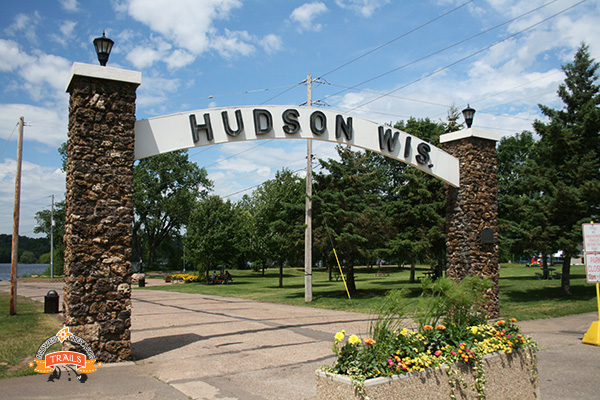
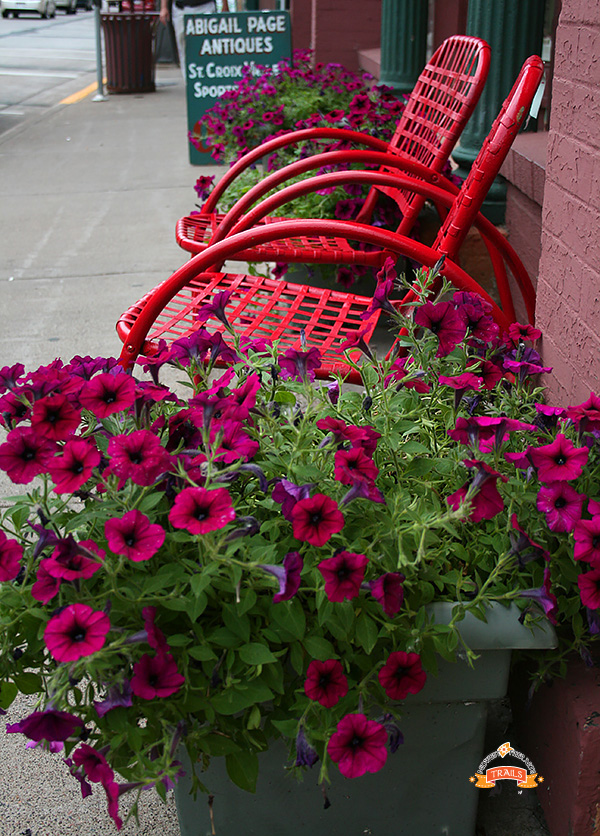
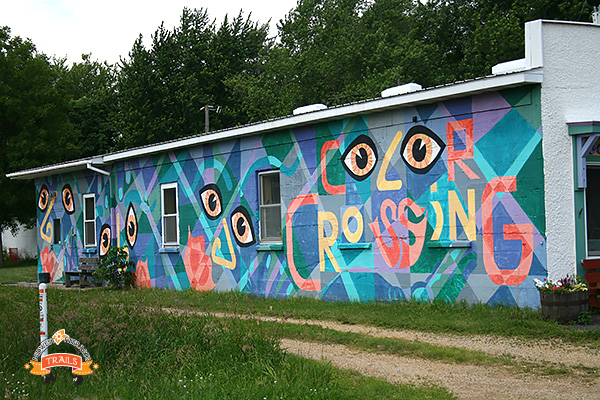
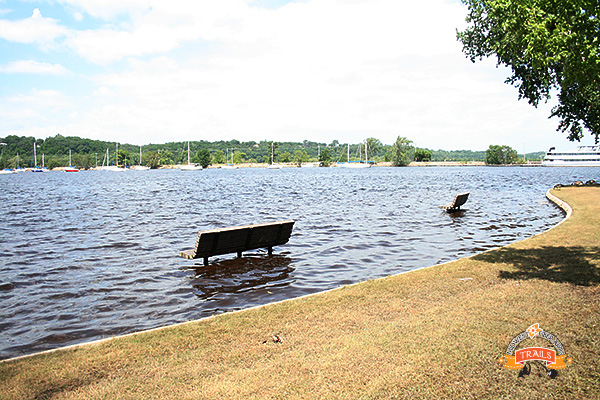
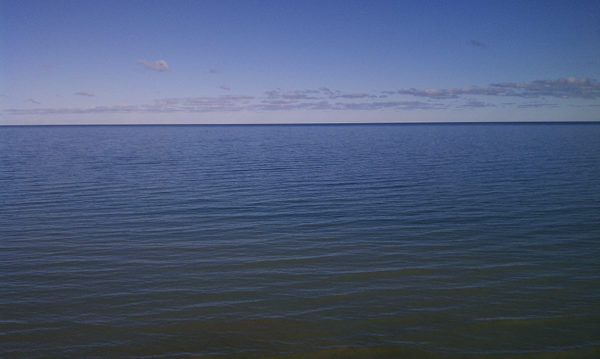
Blue, blue Lake Michigan
Onward to Lake Michigan’s lovely shoreline–the Right Coast!
Okay, let’s check out the right side of the Wisconsin map and look for Cedarburg. A small town situated north of Milwaukee along Lake Michigan. In its early days, Cedar Creek played a major role in setting up the grist mill and a woolen mill which became the area’s commercial foundation. Recognized years ago for its charming stone buildings and beautiful surrounds, Cedarburg has been a destination for big city visitors (some on their way to Door County) and many buildings have been placed on the National Historic Register. As with many other picturesque communities, they flourish with a strong connection to the arts.
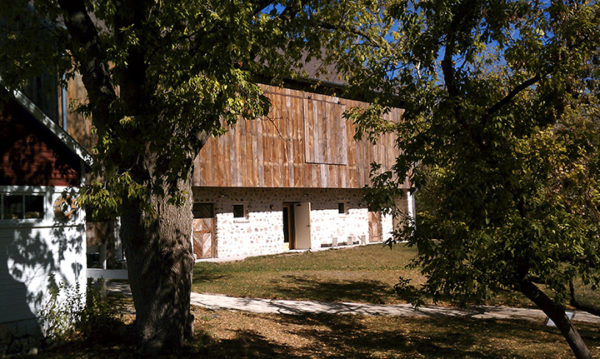
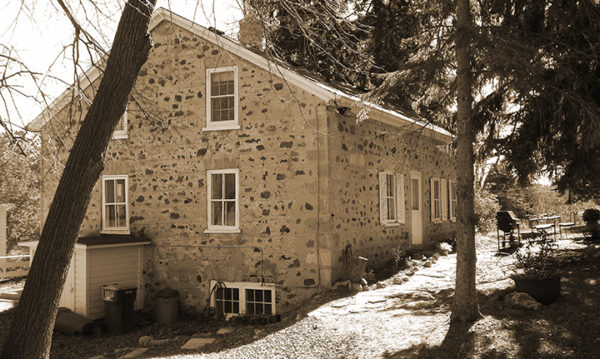
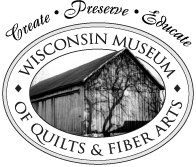
The Cedarburg Woolen Mill is also not to be missed. Located in the heart of Cedarburg along the creek, the mill has been in operation since 1864. The mill uses vintage machinery patented in 1860 and when it’s in operation, it runs very quietly. It is fascinating to watch the machines work. The mill makes wool batts crib to queen size without stretching. Farmers can send their fiber to the mill freshly sheared or cleaned and carded. Tours are available, please contact Kay Walters for specific information. www.cedarburgwoolenmill.com
Downtown Cedarburg is very charming with stone buildings, chocolate shops and plenty of coffee shops. I’ve stayed at the Washington Inn and the breakfasts were very yummy. If you feel like driving up the shore to Kewaunee County, there are eighteen barn quilts on historically significant farms such as Century Farms where the farm has been in the same family for 100 years. It’s noted they hung most of the quilts on the barns in the middle of a snowstorm (#Frozen Tundra). Here’s a tour map.
The Fiber Arts Trails are not only about fiber, but local history, too. As I was gathering info for this road trip story, I came across a website that is devoted to historical markers in Wisconsin. More Info
Have a great time!
“A sacred landscape is not simply a backdrop for action, but rather a place filled with names, associations and memories that link together everything present there. Humans become linked to the rocks, trees, animals, rivers, mountains and these bonds guide future human interaction with that place.” –Christopher Tilley, A Phenomenology of Landscape: Places, Paths and Monuments
